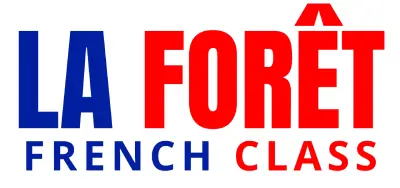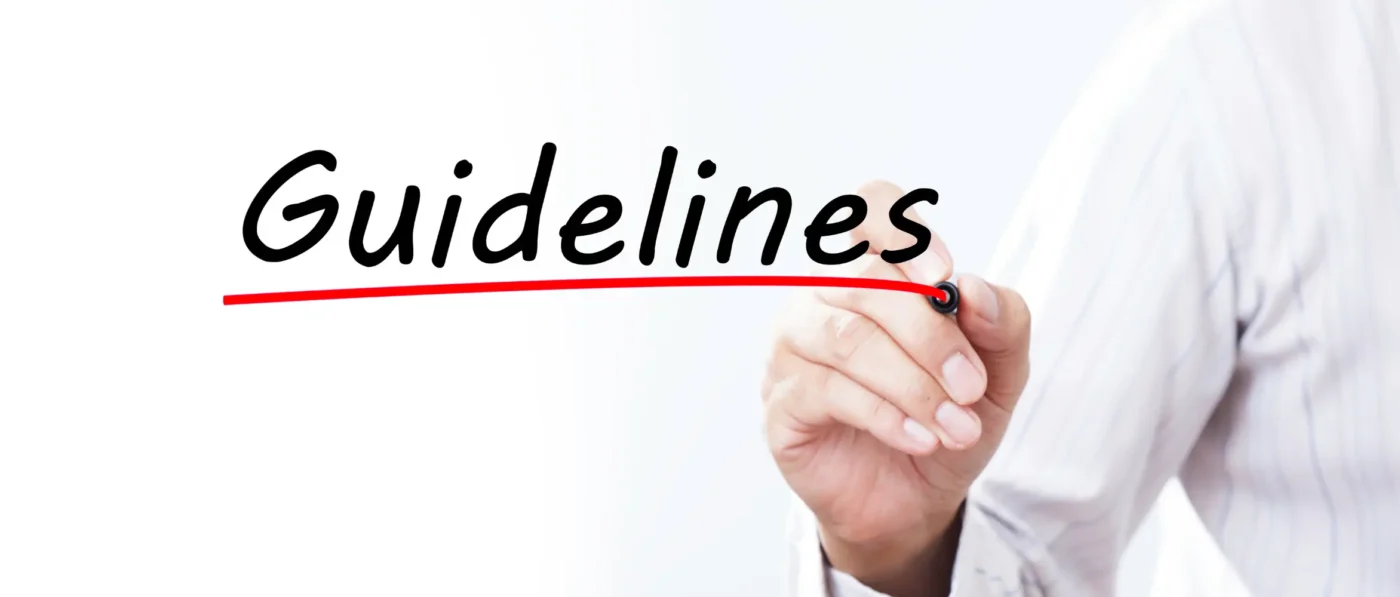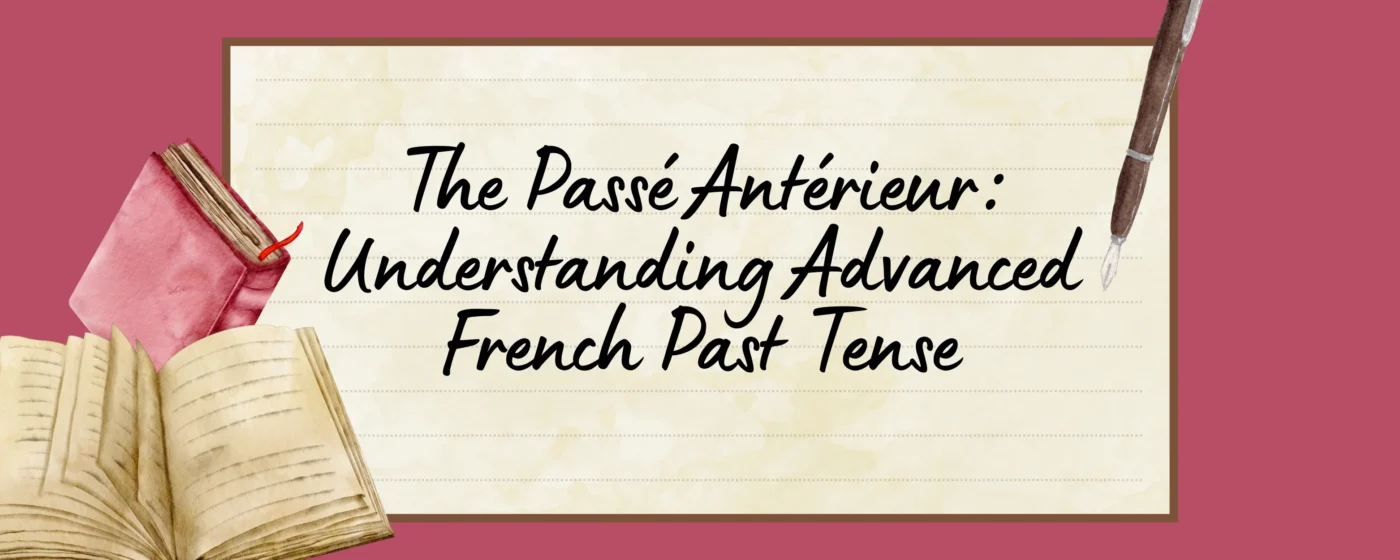Making plurals is simple. We just add an “s” at the end of the noun in English. In french, it is a little more complicated than that. We add an “s” sometimes. Other times, there are more than one letter to be added. For example, we add -ux, -z, etc
We will look at all the plurals closely in the following article.
Regular Plurals
Adding ‘-s’ to Form Plurals
Adding an s is the most common form of making plurals. Most words can be made plural with this rule.
For example,
| Singular | Plural |
|---|---|
| Un chat | Des chats |
| Une voiture | Des voitures |
| Un sac | Des sacs |
| Un portable | Des portables |
Exceptions to the Rule
Nouns ending with ‘-s’, ‘-x’, or ‘-z’ are an exception to this rule. They remain exactly the same as their singular counterparts. The nouns that do not change with the numbers are called invariable nouns.
For example,
| Singular | Plural |
|---|---|
| Un flux | Des flux |
| Un cours | Des cours |
| Un quiz | Des quiz |
Remember to not confuse these words with plural forms of words like travaux, plural of travail (work), fraises, plural of fraise (strawberry), etc.
Irregular Plurals
Plurals with ‘-x’
For most nouns ending with -au, -eau or -eu: you need to add an ‘x’ at the end.
| Singular | Plural |
|---|---|
| Un bateau | Des bateaux |
| Un chapeau | Des chapeaux |
| Un jeu | Des jeux |
Plurals with ‘-ux’
For many nouns ending with -al, -ou, and ail, we add “ux” to make the plurals.
| Singular | Plural |
|---|---|
| Un cheval | Des chevaux |
| Un hibou | Des hiboux |
| Un travail | Des travaux |
There are some exceptions here. For the words ending with -al, sometimes the plural is formed by adding “s” to the noun. For example, festival becomes festivals, détail becomes détails.
Expert opinion: Exceptions are always present. It is a rule of life, and French language. Hence, it is better to not stress about these exceptions and cross the bridge when it comes. It is better to keep on practising what we can and focus less on the exceptions. Exceptions are lesser in numbers.
Plurals of Compound Nouns
Compound nouns are the nouns which are formed by joining two or more words together. For example, arc-en-ciel, chou-fleur, après-midi, etc.
There are different ways to make compound nouns and each of them follow different rules of plurals as per their formation. We will look at each of them with examples.
Noun + Noun:
- Both nouns usually take the plural form.
- Example: un chou-fleur (a cauliflower) → des choux-fleurs (cauliflowers)
Noun + Adjective:
- Both the noun and the adjective take the plural form.
- Example: un coffre-fort (a safe) → des coffres-forts (safes)
Adjective + Noun:
- Both the adjective and the noun take the plural form.
- Example: un gentilhomme (a gentleman) → des gentilshommes (gentlemen)
Verb + Noun:
- Usually, only the noun takes the plural form.
- Example: un portemanteau (a coat rack) → des portemanteaux (coat racks)
Preposition + Noun:
- The noun takes the plural form.
- Example: un après-midi (an afternoon) → des après-midi (afternoons)
Noun + Prepositional Phrase:
- Only the main noun takes the plural form.
- Example: un chef-d’œuvre (a masterpiece) → des chefs-d’œuvre (masterpieces)
Invariable Elements:
- Some compound nouns contain invariable elements that do not change in the plural.
- Example: un garde-chasse (a gamekeeper) → des gardes-chasse (gamekeepers)
Plurals of Adjectives
Adjectives are the words which describe the nouns. Usually adjectives become plural when we add an -s at the end. For example, belle becomes belles
- Elle est belle.
- Elles sont belles.
The adjectives must always agree with the noun, meaning if the noun is singular, the adjective must be singular as well. They agree in numbers and gender.
However, there are some irregular adjectives which do not follow the “s” rule. For examples, beau becomes beaux.
The exceptions are just a few and easy to master with practice. We recommend to practice regularly to be familiar with the exceptions.
Grammar Rules Got You Down?
La Forêt’s tutors simplify grammar so you can speak confidently and accurately.
Plurals of Articles
There are three types of articles in French: Definite, indefinite, contracted and partitive. The plurals of these articles are very easy to remember. The fun thing about plurals of articles is that the plural form doesn’t have to agree with the gender. This is because it is the same for both the genders.
Look at the following tables.
Definite Articles
| Articles in French | Article in English | Example |
|---|---|---|
| La | The (Feminine) | Les filles |
| Le | The (Masculine) | Les chats |
| L’ | The (with vowels) | Les hommes |
| Les | The (Plural) | – |
Indefinite Articles
| Masculin | Feminin | Examples | |
|---|---|---|---|
| Singulier | Un | Une | – |
| Pluriel | Des | Des femmes et des hommes | |
Partitive Articles
| Masculin | Feminin | Examples | |
|---|---|---|---|
| Singulier | du/de l’ | De la/l’ | – |
| Pluriel | des | Je veux des soupes | |
Conclusion
Understanding the plural forms in French involves understanding various rules and exceptions. While regular plurals often add an “s,” many nouns have unique plural forms, such as -x or -ux endings. Recognizing the plural forms of articles, including definite, indefinite, and partitive, is equally important. By consistently practicing these rules and exceptions, learners can enhance their French language skills. For personalized guidance, consider learning French with experienced teachers at La Forêt French Class. Keep practicing, and you will see continuous improvement!
Frequently Asked Questions
Q: What is the plural of français?
Ans: The plural of français is français. The same form is used for both the singular and plural. Here
Q: What are some French plural nouns?
Ans: The plurals of some french nouns like pomme, table, chaise, fleur, etc are pommes, tables, chaises, fleurs.
Q: What are 15 examples of plural nouns?
- Une voiture: des voitures
- Un livre: des livres
- Un chat : des chats
- Un cours : des cours
- Un cheval : des chevaux
- Un jeu : des jeux
- Un travail : des travaux
- Une maison: des maisons
- Une école : des écoles
- Une fleur : des fleurs
- Un sac : des sacs
- Une tomate : des tomates
- Une banane: des bananes
- Un nez: des nez
- Un pot : des pots
Q: What are 5 French nouns?
Ans: Five french nouns are un lit, une robe, une chambre, un bijou et une chaise. Their plurals are des lits, des robes, des chambres, des bijoux et des chaises.





